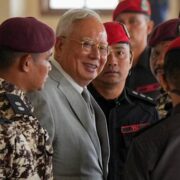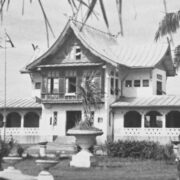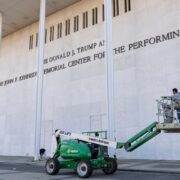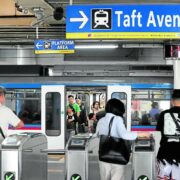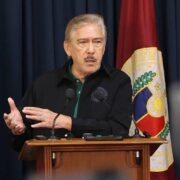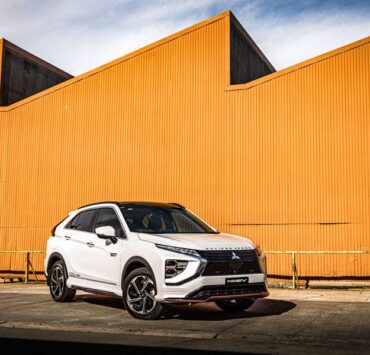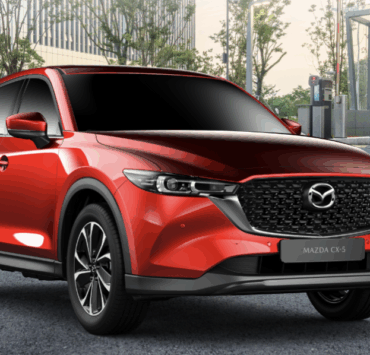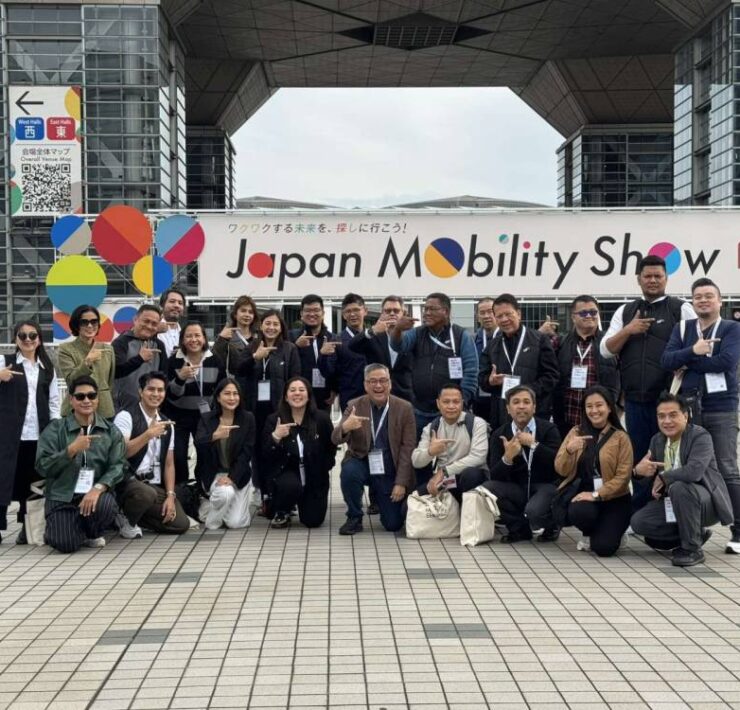E-buses: The next big thing in mass transport

On the rare occasions that I get to drive along the Alabang-Zapote Road which traverses the entire city of Las Pinas, I notice the green-and-white e-jeepneys operated by the Star Eight company. They’re typically called “e-jeepneys,” but they look more like mini-buses because of their flat-nosed, boxy design. Their seating capacity is 20 persons, and they’re supposedly installed with wi-fi, charging ports for passengers, and CCTV cameras. I learned that these e-jeepneys/mini-buses have been plying the A-Z Road since before the pandemic.
It turns out that my city isn’t the only place where e-buses are being used. Quietly, without much fanfare, e-buses are gaining traction in other parts of the country.
Driven by a combination of government initiatives and private sector investments, several bus companies are now operating pure electric bus on specific routes, offering commuters a quieter, cleaner and more modern travel experience.
The shift to e-buses is largely supported by the Public Utility Vehicle Modernization Program (PUVMP) and the Electric Vehicle Industry Development Act (Evida), which aims to phase out old, inefficient, and polluting jeepneys and buses with newer, more eco-friendly alternatives.
Have you tried the Quezon City government’s free public transportation service using e-buses? The Q City Bus services several routes, its deployed e-buses form part of its Libreng Sakay program providing free transportation to residents.
Another major player is Victory Liner, which has made history by introducing the country’s first-ever provincial electric buses. Its e-buses run from Cubao, Quezon City to San Fernando, Pampanga. This route may actually pave the way for Victory Liner and other bus companies to explore even longer routes.
The so-called Comet buses (Community Optimized Managed Electric Transport) by Global Electric Transport (GET) operates electric commuter buses along various routes in Metro Manila. These routes include: SM City Fairview to SM Megamall; San Lorenzo Place Mall to McKinley Hill and Loop services within Filinvest City in Alabang.
Budget carrier Cebu Pacific has deployed e-buses to shuttle passengers between terminals and aircraft at the Ninoy Aquino International Airport. The move is seen to help the airline company reduce the carbon footprint of its ground operations.
I expect even more routes in Metro Manila and other urban centers across the country to have more e-buses deployed. Local governments seem to be warming up to the idea. I remember, during the May 6 inauguration of the BYD Bacoor dealership, Mayor Strike Revilla telling the BYD Cars Philippines executives that the Bacoor City government had been gearing towards clean energy and EVs. Revilla said: “I hope one day BYD will have an electric bus” so that he could roll out the city’s program of providing Bacoor residents free rides around the city. The mayor is talking to the right people here. BYD, the world’s largest manufacturer of electric vehicles, which counts Warren Buffett as one of its biggest shareholders, doesn’t just sell electric cars. It also sells electric buses.
“Climate Capitalism” author Akshat Rathi wrote that BYD operates electric bus factories in California and Ontario that have the capacity to build more than 1,000 buses each year. It was former minister of science and technology Wan Gan’s push for electrification efforts that has created industrial jewels such as BYD.
BYD founder and chief executive Wang Chuanfu wisely developed both budget-priced compact electric cars and electric buses. They both became commercially available in 2011. And in so doing, BYD, which started off making batteries for cellphones, laptops, and tablets, was instrumental in removing thousands of diesel-powered buses from China’s roadways.
John Doer, author of the “Speed & Scale,” wrote that Shenzhen, with a population of 13 million (at the time of the book’s printing), boasts of a fleet of 100-percent electric buses and e-taxis and is closing in on 100 percent e-delivery services. He added that, to overcome limited battery life and a shortage in charging stations, the government has channeled more than $1 billion in grants and subsidies to BYD, alongside financial incentives to EV consumers.
“The company has grown into a centerpiece of Beijing’s $50-billion bid to become the world leader in EVs, a core component of the Made in China 2025 strategic plan. Assured of public sector funding for R&D, tax exemptions, and financing for charging stations, at least 400 companies have jumped into the EV business,” Doer wrote.
Our own Department of Transportation is showing signs of adapting to the changing mass transport trends. The department has expressed its commitment to scale the development and deployment of electric public utility vehicles nationwide as part of its broader modernization efforts, signifying that the current e-bus routes are likely just the beginning of a huge wave of e-buses (quietly) rolling onto your nearest neighborhood soon.




